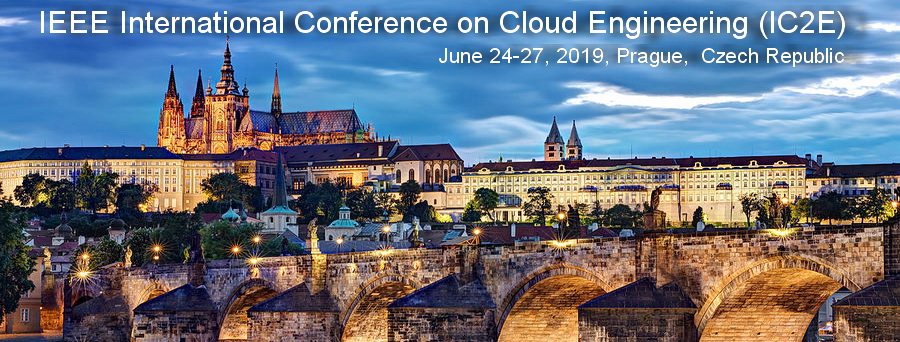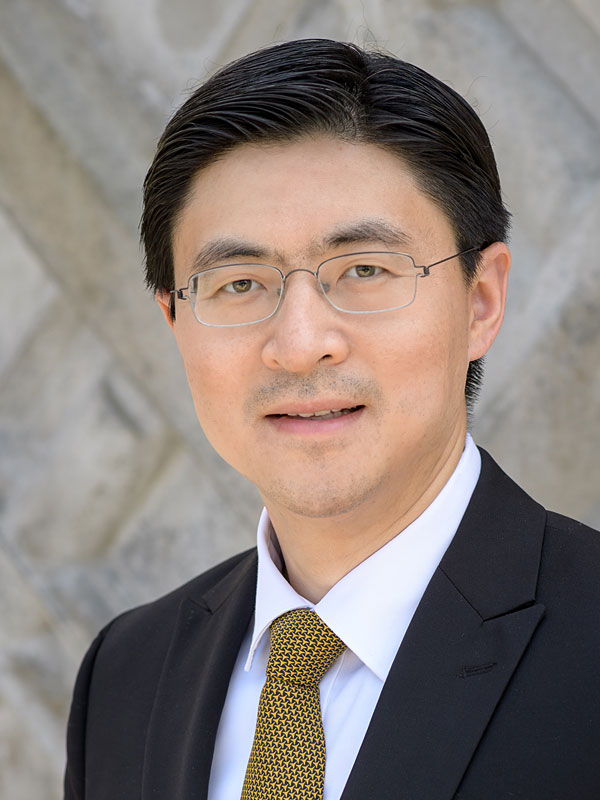
 |
The Next Decade of Fog |
|
Speaker:
Mung Chiang (Purdue University) Bio: Mung Chiang is the John A. Edwardson Dean of the College of Engineering and the Roscoe H. George Professor of Electrical and Computer Engineering at Purdue University. Previously he was the Arthur LeGrand Doty Professor of Electrical Engineering at Princeton University, where he also served as Director of Keller Center for Innovations in Engineering Education and the inaugural Chairman of Princeton Entrepreneurship Council. His research on networking received the 2013 Alan T. Waterman Award, the highest honor to US young scientists and engineers. His textbook “Networked Life,” popular science book “The Power of Networks,” and online courses reached over 250,000 students since 2012. He founded the Princeton EDGE Lab in 2009, which bridges the theory-practice gap in edge networking research by spanning from proofs to prototypes. He also co-founded a few startup companies in mobile data, IoT and AI, and co-founded the global nonprofit Open Fog Consortium. |
 |
Adapting cloud engineering principles to tomorrow’s challenges: Edge-Centric, Data-Driven, Cloud-Enabled |
| Speaker:
Kirk Bresniker (Hewlett Packard) Abstract: The principles of Cloud Engineering and the Hyperscale data centers they have enabled have lowered the barriers to innovation globally, simplifying access to cutting edge computational resources for everyone from core enterprise developers to entrepreneurs and startups. But underpinning this success are a series of assumptions rooted in Moore’s Law performance scaling and the asymmetric data flow between systems of engagement and their mobile users. Those assumptions have led to a recipe for consolidation and monocultures at every level, which while it is efficient, is also fragile just when the so much is shifting. Whether it is in billions of intelligent edge devices operating in real time with a paucity of resources or an exascale HPC data center where any inefficiency is mercilessly made material by sheer scale, new challenges demand precision as well as efficiency of access. It’s time to challenge the status quo. How can we extend the cloud efficiency gains won at the singular point of Hyperscale across the entire continuum from edge to core? Bio: Kirk Bresniker is Chief Architect of Hewlett Packard Labs and a Hewlett Packard Enterprise Fellow and Vice President. He joined Labs in 2014 to drive The Machine Research and Advanced Development program, leading teams across Labs and across HPE business units with the goal of demonstrating and evangelizing the benefits of Memory-Driven Computing. His current focus is accelerating the transfer of technologies from The Machine research program in order to drive differentiating value into existing product categories as well as disruptive new offerings. Prior to joining Labs, Kirk was Vice President and Chief Technologist in the HP Servers Global Business Unit representing 25 years of innovation leadership. Joining HP as a PA-RISC system hardware engineer in 1989, he has always been a part of the Business Critical Systems team. In 1993, he was the design lead for the first HP entry-level multi-processor system which broke new ground in terms of low-cost, high performance design. Following that, he was the design lead for the entire D-class PA-RISC product family, one of the highest volume BCS product families ever introduced. Starting in 1997, Kirk began a decade-long research and development effort to develop novel new modular system architectures which would eventually become a new category of integrated hardware and software offerings known as Blade Servers. This early work was eventually refined and blended with the contributions of the combined HP-Compaq merger lead to become HP BladeSystem c-Class, the undisputed leader in Blade Server platforms. In 1999, he was the key architect for all PA-RISC and Itanium entry and mid-range servers and oversaw a complete re-vamp of the product line and prepared for the PA-RISC to Itanium transition. From 2000 onwards, Kirk oversaw the transformation of the HP-UX UNIX and fault tolerant NonStop to blades to extend BladeSystem to the mission critical market, culminating in the Superdome X mission critical X86 blade platform, the highest performing HPE Mission Critical ProLiant system ever created. It was also during this period that he led the earliest investigations into what would become The Machine Research program. Kirk current holds 28 US and 10 foreign patents in areas of modular platforms and blade systems, integrated circuits, and power and environmental control. He graduated in 1989 Cum Laude from Santa Clara University with a BSEE and was also a member of the Humanities Honors program. |